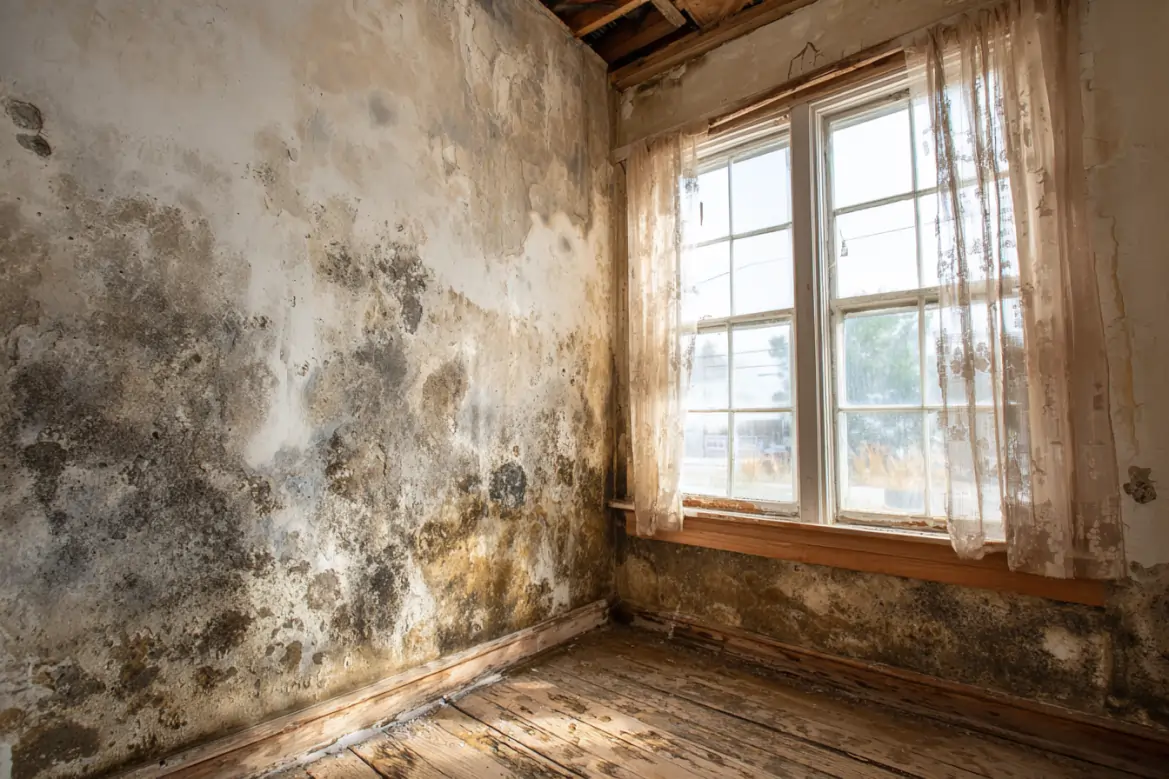If you’ve ever stepped into a Florida home after a week of summer rain, you know the feeling: the air thick with humidity, the faint scent of earth and mystery, and—if you’re unlucky—the creeping awareness that mold might be moving in again. But what if the problem isn’t just physical? What if mold, like everything else, has a quantum footprint—an entanglement of micro-spores and negative frequencies looping between dimensions?
That’s where the Untangler Kit comes in.
Step 1: Calibrate the Quantum Field
Every untangler kit comes with a Phase Coil—a shimmering loop of gold-copper alloy that hums gently when it senses mold-based quantum distortion. Before using it, you must synchronize it with Florida’s magnetic humidity field (known locally as the “Sun Belt Pulse”).
To do this:
-
Stand barefoot on damp grass at sunrise.
-
Hold the Phase Coil in your right hand.
-
Breathe in for eight counts, then exhale through your left palm.
-
When you hear a faint “click,” the coil has locked onto the local mold frequency.
Congratulations—you’ve established quantum rapport.
Step 2: Activate the Mycelial Decoder
Next, find the Mycelial Decoder Wand. It looks like a glass thermometer, but it’s actually a micro-tuned frequency conductor that identifies mold colonies hiding in higher-dimensional moisture pockets (often just behind drywall, sometimes behind your regrets).
Wave the wand slowly through the air. When it glows violet, that’s not just color—it’s bio-resonance recognition. You’re seeing where the mold has become emotionally entangled with the home’s memory field.
Pro tip: In Florida, due to the Everglades’ proximity, molds often manifest with an emotional signature of mild melancholy mixed with leftover summer vacation energy. Adjust your wand accordingly.
Step 3: Deploy the Untangler
Now comes the heart of the process. The Untangler Sphere is a small, translucent orb filled with quantum saline and fractalized silver threads.
To activate it:
-
Place it in the center of the affected room.
-
Speak the calibration phrase printed on the side of the kit box:
“All frequencies return to harmony, all growth finds balance.”
-
Wait until the orb emits a soft chime (usually after 11 seconds).
The sphere’s energy lattice will gently disentangle the molecular spin states of the mold spores, rendering them inert across all quantum branches of reality. In layman’s terms: the mold forgets how to exist. If you are looking for your own personal untangler kit for quantum mold removal in Florida click the link.
Step 4: Seal the Quantum Ripples
Once the mold field has been neutralized, you’ll need to stabilize the space. The kit includes Aetheric Mist—a fine spray made of ionized citrus oils, distilled moonlight, and 3% lemon extract (Florida law requires the lemon).
Mist the room in a clockwise spiral. This prevents re-entanglement of residual spores with temporal humidity fluctuations. The smell is divine, somewhere between a beach sunrise and a math equation resolving itself.
Step 5: Gratitude Sync
This step is optional but recommended. Mold is a living teacher, after all. Before disposing of any residual material, thank it for its service in showing you where your energetic leaks were hiding. Many experienced untanglers claim that rooms purified with gratitude remain quantum-clear for up to a year longer than those done hastily.
Final Thoughts
Florida’s unique blend of tropical climate and metaphysical turbulence makes it the perfect testing ground for quantum mold research. The Untangler Kit doesn’t just clean your walls—it harmonizes your home’s waveform, restoring coherence between space, time, and comfort.
So next time you see that suspicious shadow creeping up the bathroom tile, don’t just reach for bleach. Reach for the Untangler—because sometimes, the real mold is quantum.
